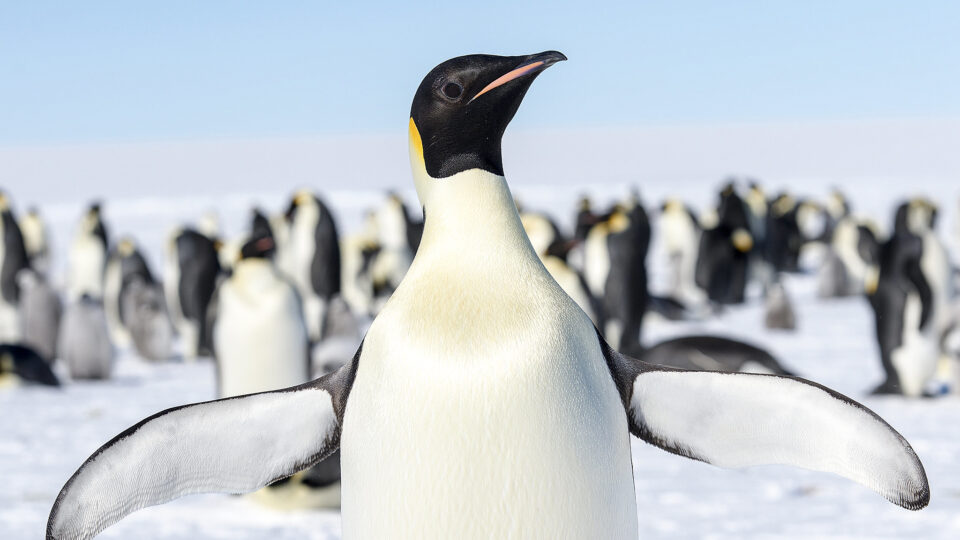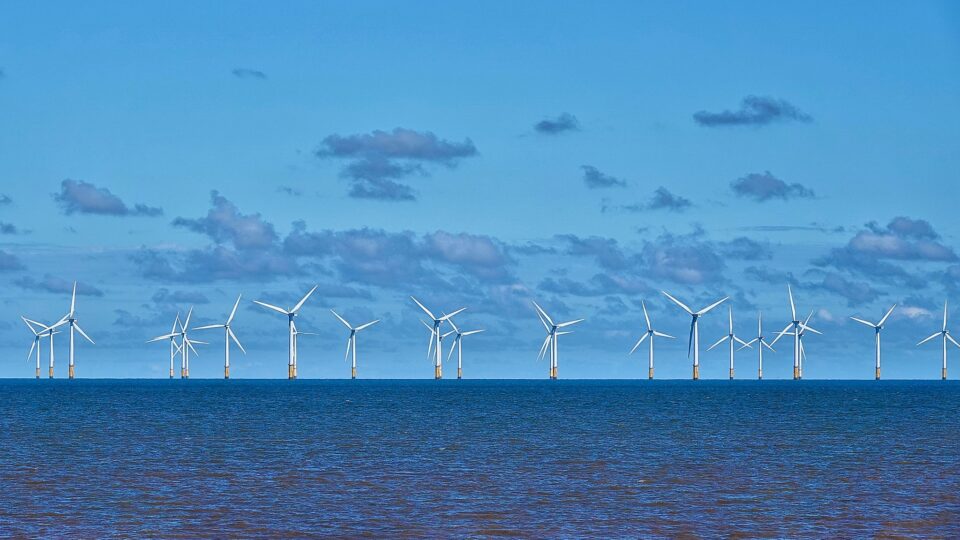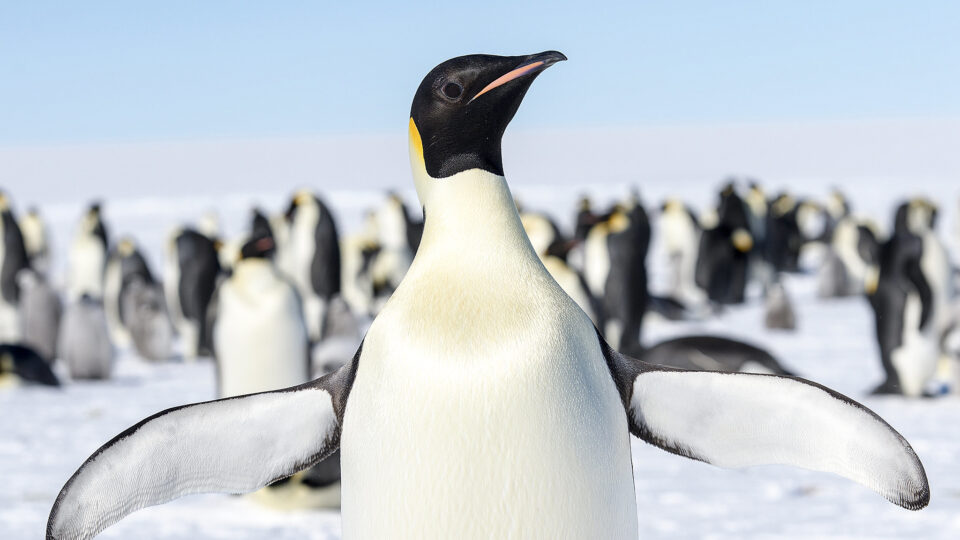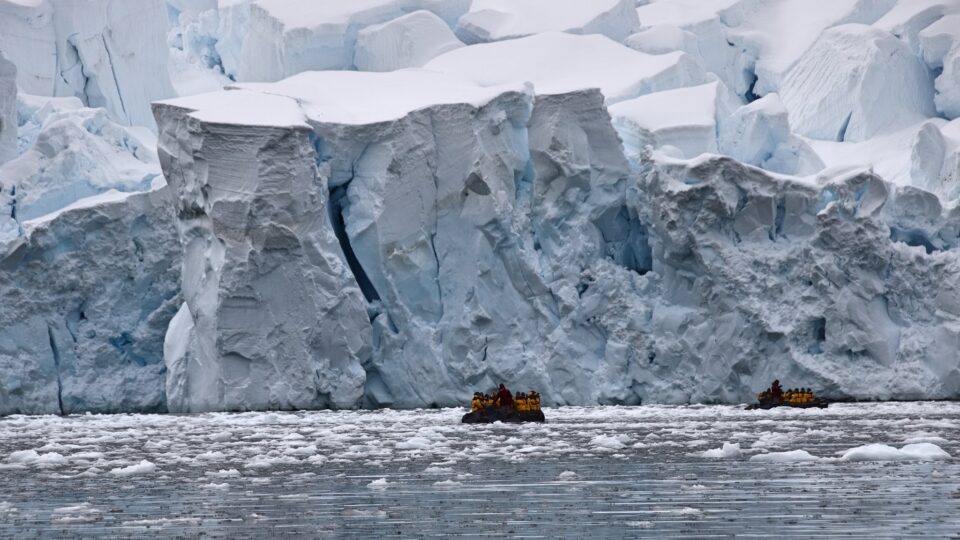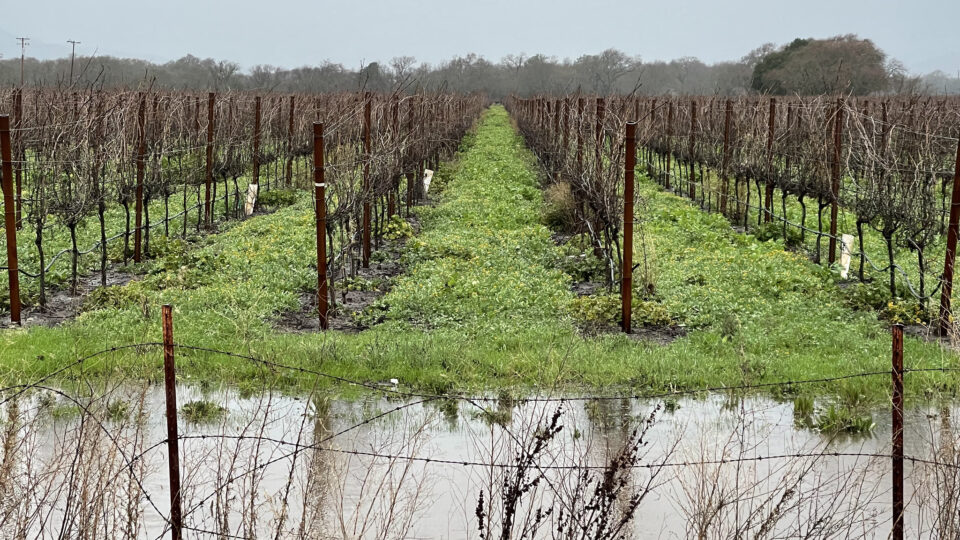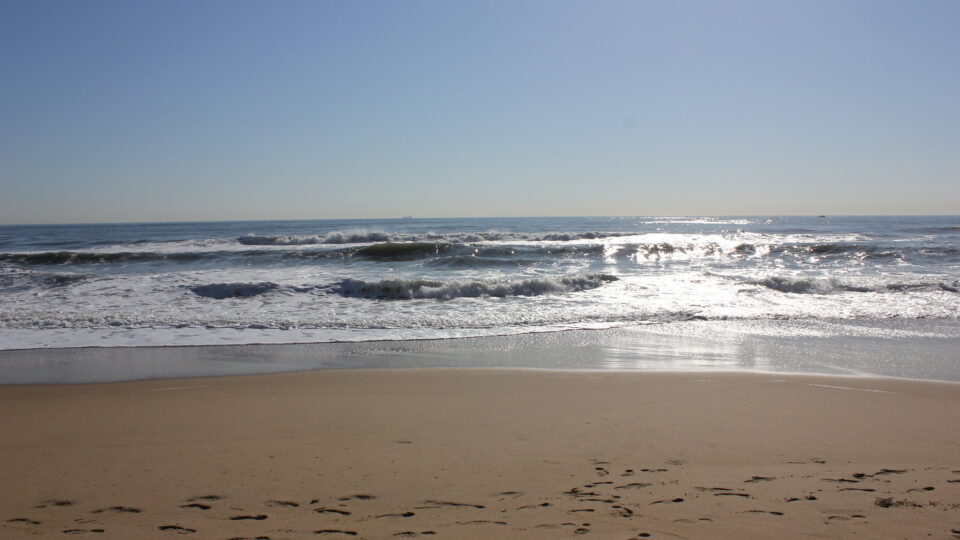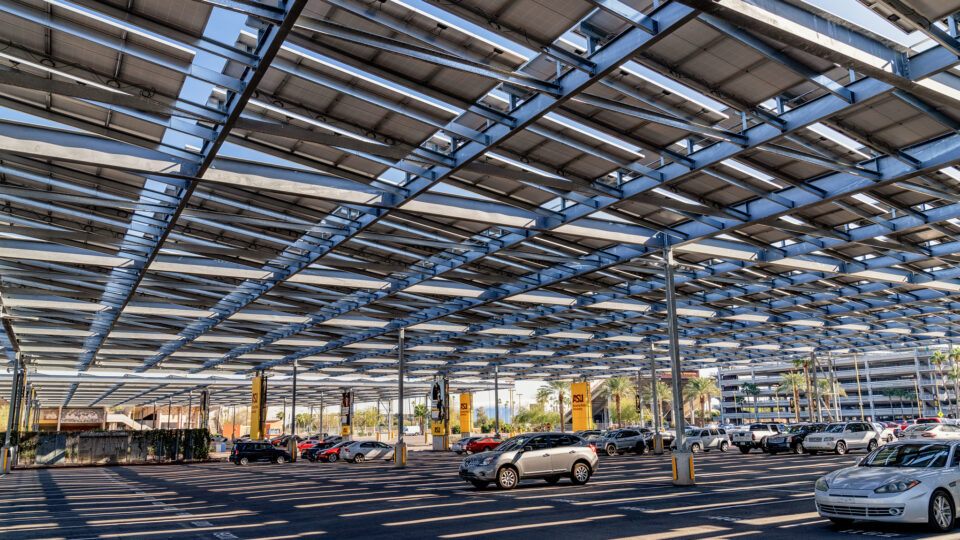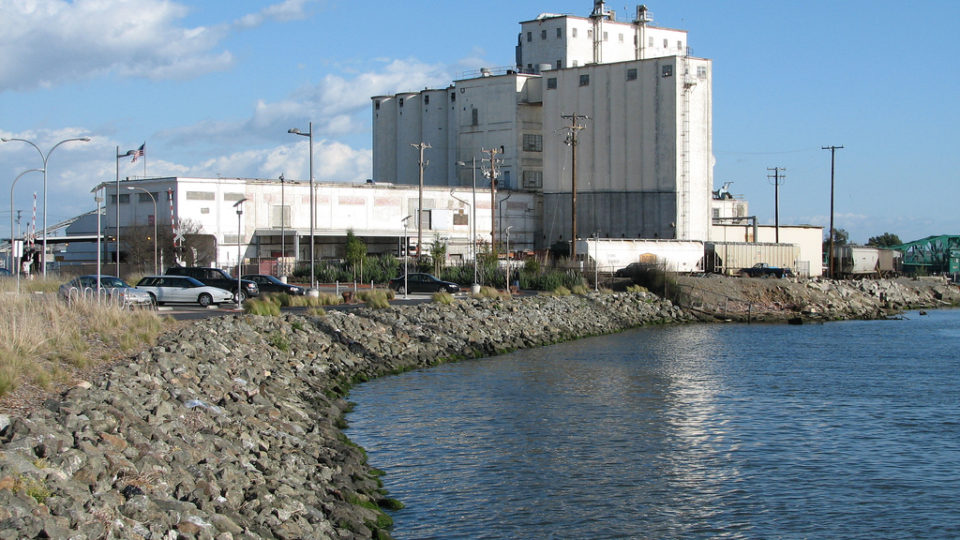Emperor penguins, the tallest and heaviest of all living penguins, are also the most famous, being the subject of a very popular documentary film. The ongoing loss of sea ice in Antarctica has led to unprecedented breeding failures in emperor penguin colonies.
Since 2016, Antarctica has seen the four years with the lowest sea ice extent on record. Between 2018 and 2022, 30% of the 62 known emperor penguin colonies were affected by partial or total sea ice loss. Current predictions suggest that the population of emperor penguins will fall by 99% by the end of the century.
To monitor remote emperor penguin colonies, researchers use satellite images in which the brown stains of the birds’ guano stand out against the white ice and snow.
Researchers at the British Antarctic Survey have launched the ‘Polar Observatory’ on the online citizen science website Zooniverse to recruit ‘penguin detectives’ to help validate the accuracy of satellite images in assessing penguin populations.
The online app contains drone photos taken over the Snow Hill penguin colony. The images have been split into more than 300 10-meter squares. Volunteers are asked to identify any adult and chick penguins in a given picture. The results will be fed into machine learning algorithms to train the AI systems in automatically counting penguins in future surveys.
The project is a fun opportunity for aspiring conservationists and penguin lovers in general to help learn more about the future of the species. Interested people can learn more on the Zooniverse website.
**********
Web Links
‘Penguin detectives’ required for new counting app
Photo, posted October 7, 2017, courtesy of Christopher Michel via Flickr.
Earth Wise is a production of WAMC Northeast Public Radio
